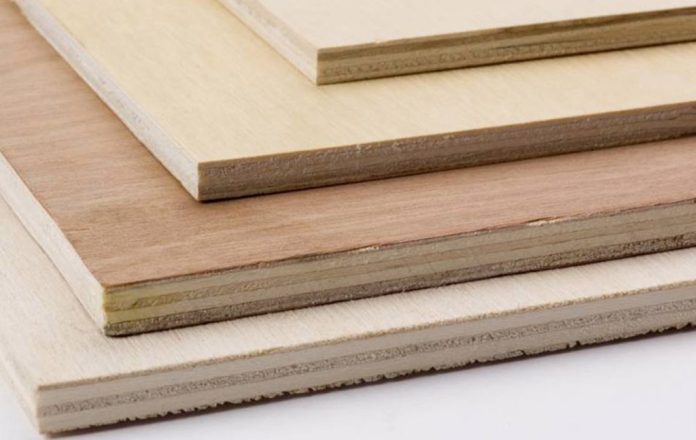Have you ever considered what kind of plywood would be ideal for use in rooms that have a lot of humidity? Selecting the right kind of plywood to be used in such areas is of paramount importance intending to enhance the durability, efficiency, and sustainability of the structures. Below, we’ll identify five important factors to bear in mind as you choose plywood that is suitable for use in damp environments.
- Type of Plywood
There are various factors to consider when it comes to plywood, but where there is high humidity, the type of plywood is most important. Different classes of plywood sheets can be bought, but for specific use in areas with high humidity, Marine plywood and BWR plywood are preferred.
- Marine-grade plywood: Used widely in construction projects, Marine-grade plywood is made out of high-quality hardwood veneer and uses waterproof glue. It is purposely made to be water-resistant, thereby suitable for places with high humidity such as bathrooms, and kitchens among others.
- Boiling Water Resistant (BWR) Plywood: Another fine example of BWR plywood is the high humidity. It is manufactured employing phenolic resins which afford excellent resistance to water. Compared to Marine-grade plywood, BWR plywood does not offer waterproof features but it can be used in moderately humid environments.
- Glue Line Protection
The glue used in the making of plywood is another vital aspect since it determines how the end product will perform in a humid environment. Water-repellent adhesive like phenol-formaldehyde makes it possible for veneer layers to be bonded together and not swell when exposed to water. This glue line protection is required so that water does not seep inside and cause the layers of plywood to separate, also known as delamination.
When choosing plywood for humid areas, make sure you look at the type of adhesive used in its production. Choose plywood that has a label clearly stating that it has waterproof or water-resistant glue to increase its serviceability and effectiveness.
- Treatment and Preservation
The use of preservatives improves plywood’s resistance to moisture and fungal injection. Measures like chemical soaking reduce the likelihood of the plywood falling victim to rot, mold, mildew, or termite infestation common in areas of high humidity.
Seek plywood with treatment that makes it strong and able to last longer. Plywood is treated with preservatives to enhance its performance in areas where the product is exposed to moisture, either continuously or in some instances like in the washrooms, kitchens, or even in constructing outdoor furniture.
- Core Composition and Quality
The type of wood used in the manufacture of plywood determines its sturdiness and its ability to withstand water. Plywood with high density is produced from the hardwood interior, which offers more strength and water resistance compared to the softwood interior. The density and continuity of the core layers also contribute more to the plywood in general performance.
When selecting plywood for use in areas where there is high humidity select for the quality of the core layers. Choose a plywood with more veneer layers; the more veneer layers the plywood has, the better it is structurally and it will not swell or warp when it is exposed to moisture.
- Veneer Quality and Thickness
The choice of plywood for use in high-humidity areas should take into consideration outer veneer thickness and ply. Thicker and higher quality veneers assure superior surface protection from moisture as well as mechanical injury. Secondly, good grading also makes sure that the plywood has a smooth finish since the thickness of each veneer is consistent and suitable for surface use.
For high humidity areas, select those products with heavier face veneers and higher quality, and thus fewer defects and better appearance graded A or B. Not only does it make it stronger, but also aesthetically appealing making it a good option for use as both the structural as well as the surface material.
Conclusion
Selecting the appropriate plywood sheets to be used in the areas where high humidity is present entails several considerations such as the type of plywood, the adhesive used, treatment/preservation, the core material, and the veneer.
If you pay special attention to these facets, your plywood will prove highly useful, meeting durability as well as style expectations. For a manufacturer that meets all these criteria and standards, CenturyPly should suffice. CenturyPly brings a vast assortment of water-resistant plywood and other kinds of plywood that could be used in some of the hardest conditions.
Regardless of whether the project is a home renovation or the construction of a brand-new office building, CenturyPly provides the durability and performance to keep your interiors looking nice and utilitarian for many years.


